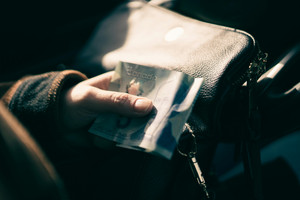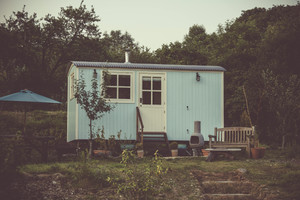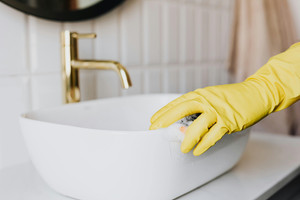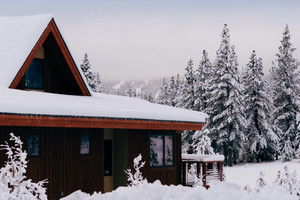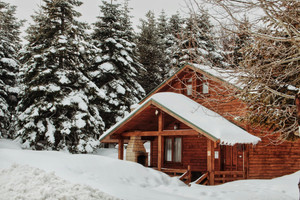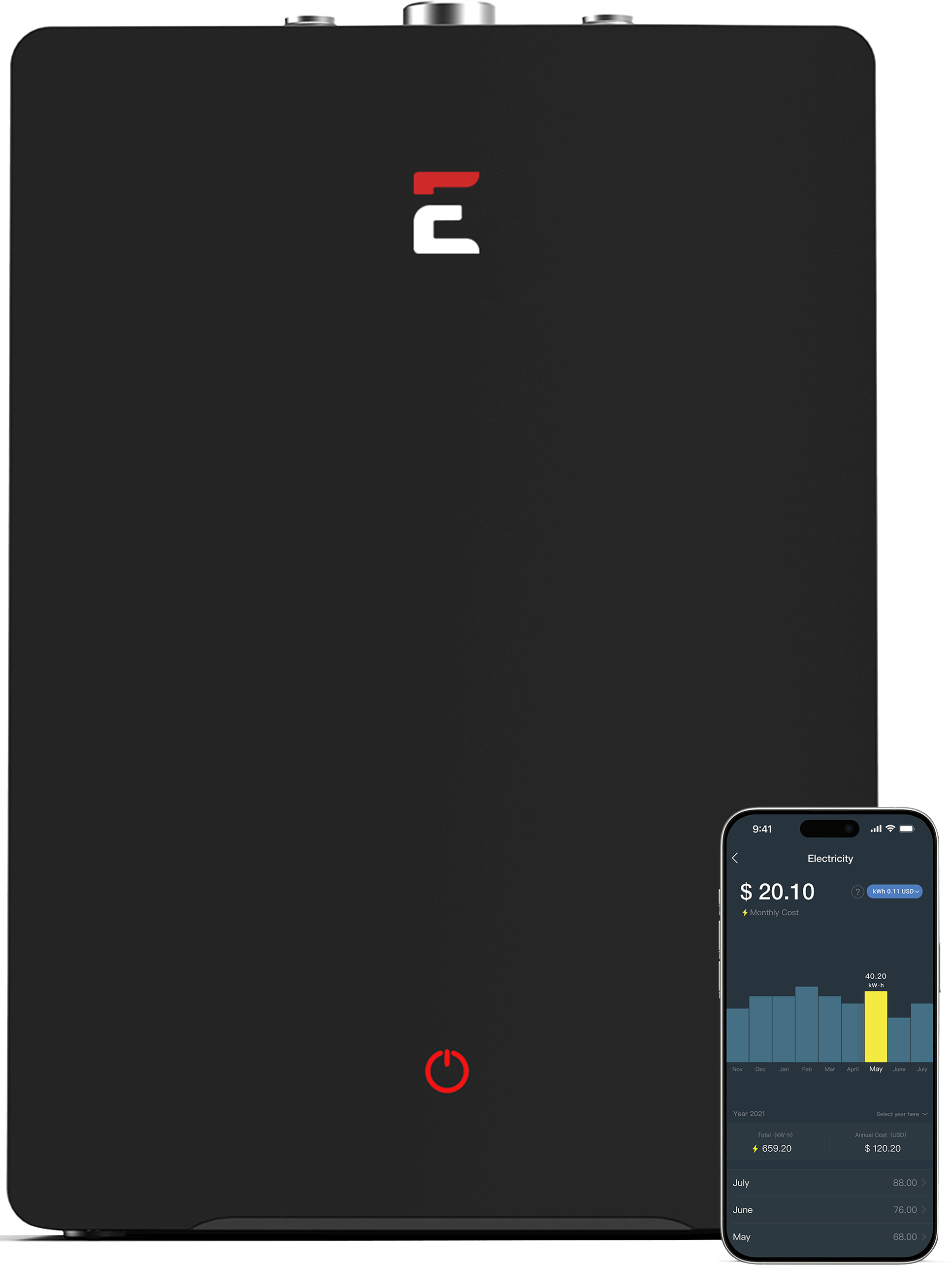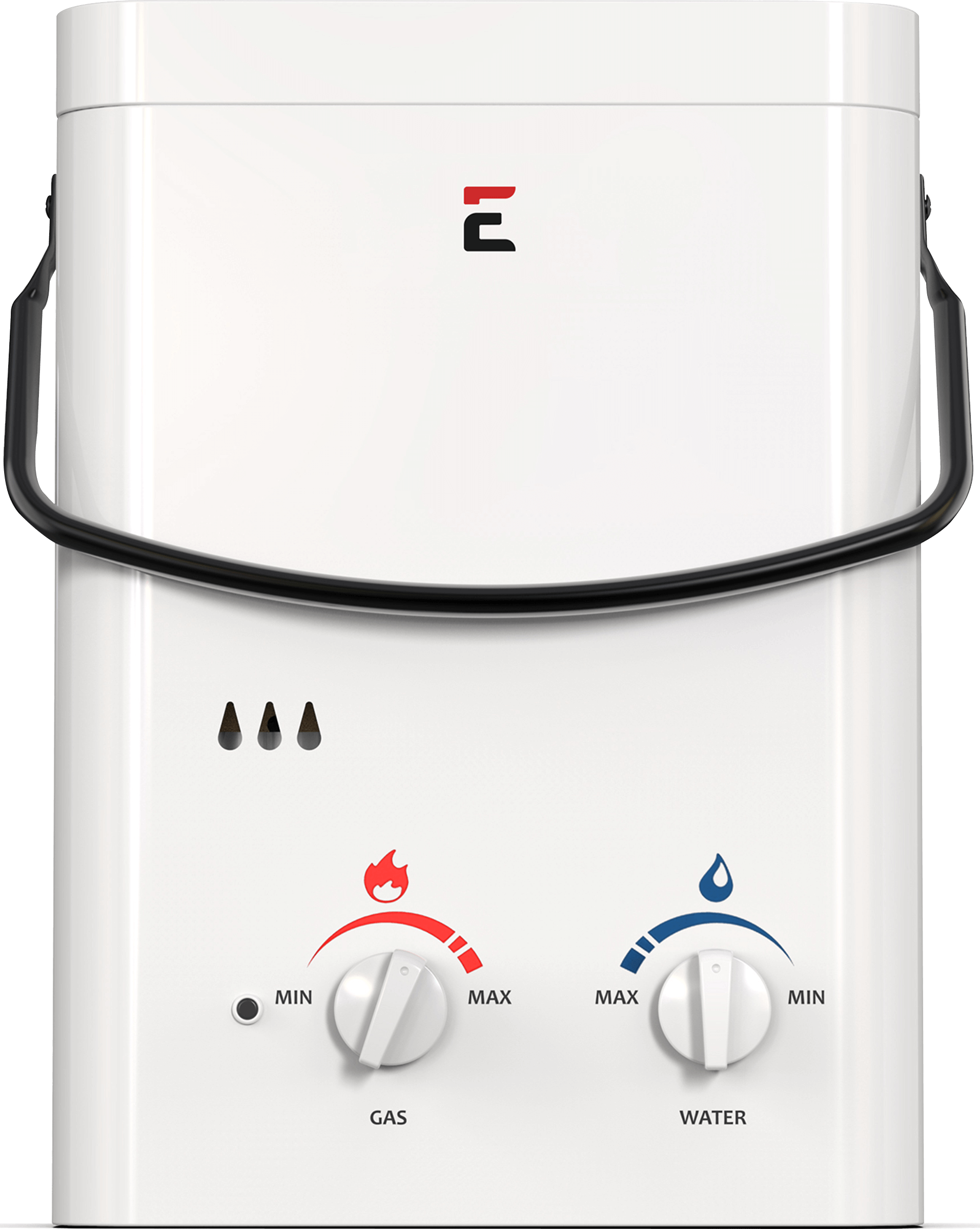Are You Prepared For The Next Disaster?
Natural disasters can be your worst enemy and regardless of where you live, you’re faced with them. Whether you live in the northwest with the threat of deadly blizzards or you live in the southeast constantly looking over your shoulder for the next hurricane we’re all tasked with the same responsibility, emergency preparedness.
In every home there should be an emergency supply kit stored in a safe dry location that can be easily accessed in the event of an emergency. We’ve accumulated tips from professionals at nsc.org to help you better prepare for the unexpected.
Emergency Supply Kit:
Water - One gallon of water per person per day for at least three days
Food – Enough nonperishable food for at least three days and a can opener; keep protein-packed foods you can cook without electricity, such as tuna, peanut butter and granola bars, and don't forget about food for your pets
Communication - Hand-crank or battery-powered radio with extra batteries to stay up to date on the latest weather alerts. Battery packs to keep your phones charged to contact emergency services if needed. As an extra level of precaution include a whistle to signal help so rescuers can locate you.
Safety - Flashlight with extra batteries and Tool kit with basic tools, in case you need to shut off utilities.
First Aid - Kit with gauze, hand sanitizer, tape, bandages, antibiotic ointment, aspirin, a blanket, nonlatex gloves, scissors, hydrocortisone, thermometer, tweezers and instant cold compress. Be sure to include prescriptions and necessary medication.
Coverage - Plastic sheeting, duct tape and rope to do any temporary repairs to windows or a leaky roof.
Hygiene – Toothbrush, toothpaste, body powder, bar of soap and an Eccotemp Portable Outdoor Shower.
By following these recommendations for your emergency supply kit you’ll be off to a great start but you should always consider yours and your family’s needs and adjust as needed.
 Weekly Deals
Weekly Deals
 Water Heaters
Water Heaters
 Accessories
Accessories
 Installation
Installation
 Parts
Parts
 Protection Plans
Protection Plans



